In today’s rapidly evolving technological landscape, innovation is essential for businesses to thrive. However, developing new technologies from scratch can be a costly, time-consuming, and risky endeavor. This is where technology transfer comes into play, offering a powerful pathway to accelerate innovation and unlock new possibilities. Technology transfer is the process of transferring skills, knowledge, technologies, or manufacturing capabilities from one organization to another. This can involve transferring technology from a research institution to a business, or from one business to another.
Benefits of Technology Transfer:
-
Accelerated Innovation: Technology transfer allows businesses to leverage existing technologies, bypassing lengthy and costly R&D processes.
-
Reduced Risk: Adopting proven technologies that have already undergone development and testing mitigates the risk associated with innovation.
-
Cost Savings: By leveraging existing technologies, businesses can reduce development costs and accelerate time-to-market.
-
Access to Expertise: Technology transfer often involves collaboration with experts and research institutions, providing access to specialized knowledge and skills.
-
New Business Opportunities: Technology transfer can open doors to new markets and applications, creating new business opportunities and revenue streams.
Case Study: from Space to Spindles
A compelling example of technology transfer’s potential can be found in the case of the deep-tech startup Apo-Gee, who specializes in ball bearing engineering for space applications. This company developed an innovative solution called the “Butterfly cage” to address cage instability in bearings used in reaction wheels for space probes and satellites.
Through technology transfer, this solution found a new application in the precision machining industry, specifically in machine-tool spindles. The Butterfly cage technology addresses a common problem of cage instability in spindle bearings, which causes vibrations and negatively affects machining precision.
« For over 50 years, the cage instability issue has almost remained a mechanical enigma, eluding comprehensive characterization and resolution. Based on more than 10 years of intensive research, we did it. A patent is pending.» says Sébastien Assouad, CEO APO-GEE.
Market Opportunity and Impact
The market for machine-tool spindles is a growing sector, with an estimated value of $23 billion in 2023, projected to reach $36.6 billion by 2031. The demand for high-precision bearings in industries like aerospace, automotive, and electronics is also increasing, with the market expected to reach $1.3 billion by 2032.
The Butterfly cage technology offers significant benefits to this market, including:
-
Improved Machining Precision: By reducing vibrations, the technology enhances machining accuracy and the quality of finished products.
-
Reduced Costs: The technology minimizes maintenance and replacement costs of bearings, as well as production downtimes.
-
Enhanced Operator Comfort: By reducing noise and vibration, the technology improves the working environment for machine operators.
The Importance of Funding: Spark Funding and Sustainable Innovation
Funding plays a critical role in enabling technology transfer and ensuring its long-term success. ESA Tech Broker Belgium, managed by Verhaert, is supporting this project with Spark Funding, an initiative that provides financial backing for innovative projects that leverage space technologies for terrestrial applications. This funding is crucial for bridging the gap between research and commercialization, enabling APO-GEE to develop and implement its technology, generate sustainable income streams, and achieve its goals of revolutionizing the global machine building industry.
Verhaert: Pioneering Technology Transfer
Verhaert Masters in Innovation is a leading player in the field of technology transfer, facilitating the adoption of innovative solutions across various sectors. Verhaert has a strong track record in supporting technology transfer initiatives for the European Space Agency (ESA) and other deep-tech sectors, such as energy fusion technology.
Through its expertise in identifying transferable technologies, connecting businesses with solutions, and facilitating technology adaptation, Verhaert is helping to unlock the power of innovation and drive economic growth.
